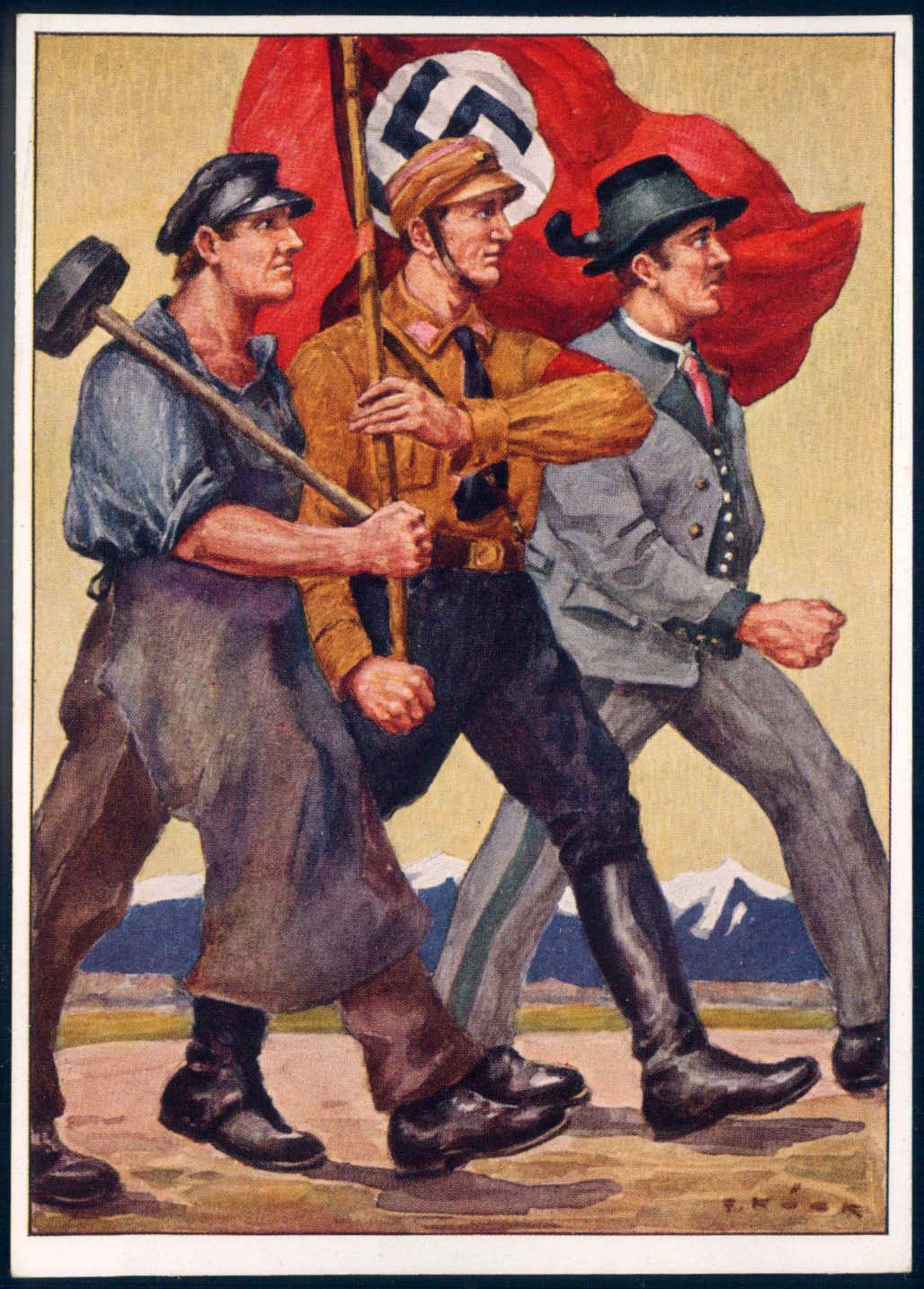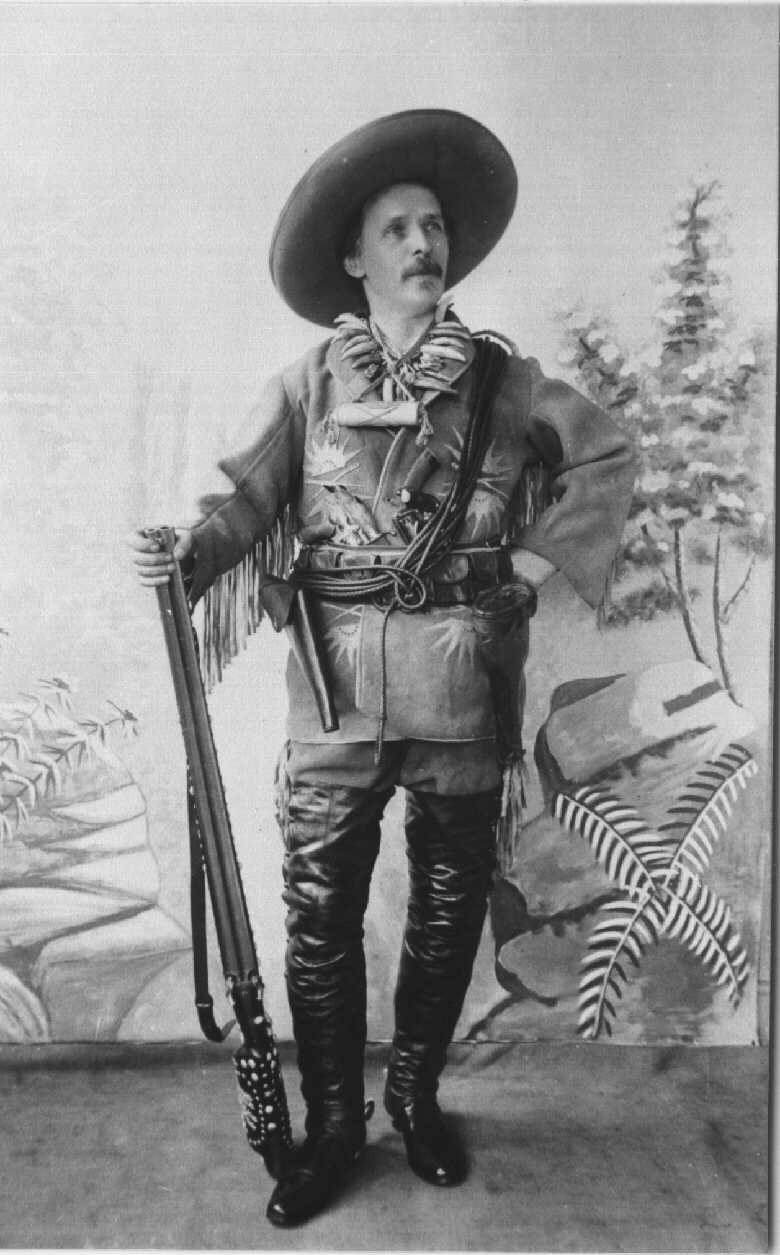You likely already know why, given the circumstances, Moscow’s signature on the nonaggression treaty was inevitable, but it is rare for anybody to make a serious attempt to understand the treaty from the Fascist bourgeoisie’s point of view.
Quoting William Young’s German Diplomatic Relations 1871–1945: The Wilhelmstrasse and the Formulation of Foreign Policy, pages 264–5:
Having secured an alliance with [Fascist] Italy, [Berlin] became interested in obtaining an agreement with the Soviet Union concerning the status of East Europe. Despite his anti‐Soviet sentiments, the Führer understood that such an understanding would totally isolate Poland from the West, making it unlikely that Britain and France would militarily support the Poles during a German–Polish conflict.^243^
Hitler saw the British guarantee to Poland as a bluff, but the added benefit of a German–Soviet pact would guarantee a localized conflict instead of a European war.^244^ The idea of a German–Soviet agreement came from Ribbentrop, who was still in Hitler’s disfavor over the British reaction to Prague and seeking a way to endear himself to the Führer, in April.^245^ The Foreign Minister viewed a German–Soviet understanding as a guaranteed way to diplomatically force the Poles into agreeing to Hitler’s demands.^246^
He jumped at the opportunity as a way to retain his position as the Führer’s top diplomat.^247^ Those diplomats in the Foreign Office, such as Weizsäcker and Dirksen, who traditionally had argued for closer German–Soviet relations, supported such an initiative.^248^ The [Fascist] leadership [mis]perceived Stalin’s dismissal of Maxim Litvinov and appointment of Vyacheslav Molotov as Foreign Commissar as a sign of Soviet interest in a German–Soviet rapprochement.^249^
Thus, on 4 May 1939, the Wilhelmstrasse, under Hitler’s direction, investigated the possibility of closer relations by recalling Gustav Hilger, the Chief of Economic Affairs at the German Embassy in Moscow, to Berlin for consultation with Hitler and Ribbentrop.^250^ On 10 May, Hilger answered the Führer’s questions concerning the likelihood of a German–Soviet rapprochement at Berchtesgaden. Hilger gave the [Fascist] leader the impression that Stalin was willing to come to terms.^251^
Hitler, however, hesitated in making a diplomatic move towards the Soviet Union. He waited to find out the results of British and French diplomatic efforts to negotiate a triple alliance with the Soviet Union.^252^ Weizsäcker, impatient over the wait, suggested to Ribbentrop that Hilger approach the Soviet Foreign Commissariat to hint at Hitler’s desire for closer German–Soviet relations.^253^
In the meantime, the Wilhelmstrasse received signals that the Soviet Union was interested in a rapprochement.^254^ Therefore, on 29 May 1939, Hitler made the decision to employ the foreign service to pursue closer ties with the Soviet Union.^255^ Moscow, nonetheless, showed no immediate interest to begin negotiations.^256^ Thus, on 29 July, Ribbentrop directed Count Friedrich Werner von der Schulenburg, the German Ambassador to Moscow (1934–41), to inform Molotov that Germany was ready to take account of “all Soviet interests” in Poland and the Baltic states.^257^
While little diplomatic activity took place between Germany and the Soviet Union, the relations between Germany and Poland were quickly reaching the crisis point.
(It may be worth noting that Molotov said that the nonaggression treaty should be modeled on one signed with ‘Poland, Latvia, Estonia, etc.’)
Simply put, suspending Moscow in a state of neutrality allowed the Fascist bourgeoisie to prepare for its long‐term goals—most notably its invasion of the Soviet Union. The Fascist bourgeoisie could concentrate on annexing and occupying other countries, thereby building up its economies. Quoting from Martijn Lak in Industrial Collaboration in Nazi‐Occupied Europe, page 124:
When Hitler informed his subordinates in July 1940 of his intention to attack the Soviet Union the next year, it would have been even more [irrational] to undermine the occupied Western economies. Göring “now decided to milk the cow, not butcher her”.^46^ By means of the Auftragsverlagerung, military production could be increased considerably.^47^
But that is not all. Quoting V. Issraeljan’s and L. Kutakov’s Diplomacy of Aggression: Berlin–Rome–Tokyo Axis, Its Rise and Fall, pages 29 & 31–2:
In a long‐winded letter […] Hitler dwelt on German–Soviet relations as well, showing why it had been necessary to sign the Soviet–German treaty and touching upon other aspects of the relations between Germany and the USSR.
Speaking of the prospects of the war, he informed Mussolini that a decisive offensive would soon be launched against the Western powers. In conclusion, he re‐emphasised that sooner or later fate would compel [the Third Reich] and [F]ascist Italy to fight shoulder to shoulder.
This message made it clear that under no circumstances would [the Third Reich] agree to conciliation with the Western powers and that [it] was preparing for large‐scale military operations. However, Hitler said nothing about the time or nature of these operations. The letter showed that the [German Fascists] were unquestionably out to induce Italy to take an active part in their plans.
[…]
His utterances on Soviet–German relations are interesting. In the same breath that he justified the signing of a treaty with the USSR he emphatically underlined that he was “absolutely alien” to Bolshevism. “Germany and Russia,” he said, “were two different worlds, especially in their social structure.”** [The Third Reich] had only one ally and partner, and that ally and partner was Italy, he declared. This two‐hour tirade impressed Mussolini.
He reaffirmed that [Fascist] Italy and [the Third Reich] had common interests, stating that he “hated” Britain and France, and informed Hitler of [Fascist] Italy’s preparations for possible entry into the war. These preparations, he said, would be completed in three or four months at the latest, and after that he would “not be in the embarrassing position of seeing his comrade fighting and himself being limited to making demonstrations” although he, Mussolini, “was conscious of being of use to Germany in his rôle on the ‘left wing’ [read: by its side]”.
He added that he would have liked to do more than he was doing at the moment.* If the [Third Reich’s] offensive in the West was successful, Italy, Mussolini promised, would forthwith enter the conflict in order to hasten the outcome. If matters developed otherwise he would prefer to wait until Italy was fully prepared for war.
(Emphasis added in all cases.)
Other events that happened today (August 23):
1923: Two Fascists in Argenta murdered an antifascist priest, Giovanni Minzoni, fracturing his skull and beating him to death with clubs (probably on Italo Balbo’s orders).
1942: The Axis began the Battle of Stalingrad.
1943: The Axis lost Kharkiv to the Soviet Red Army after the Battle of Kursk.
1944: The Axis lost Marseille to the Allies. Meanwhile, King Michael of Romania dismissed the pro‐Reich government of Marshal Antonescu, who was later arrested; Romania switched sides from the Axis to the Allies.









